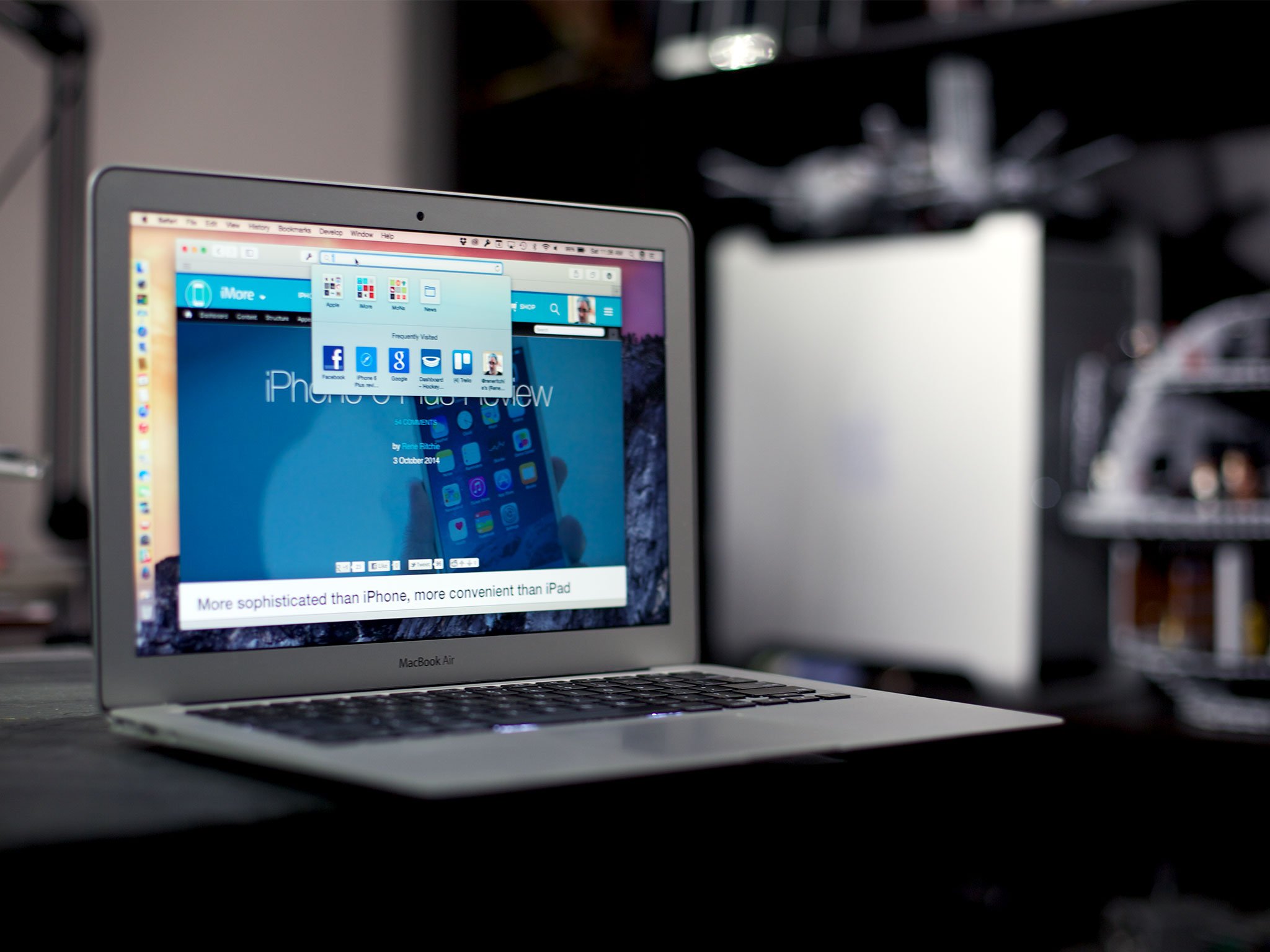How to fix 'This version of Safari is no longer supported' messages

Older versions of OS X don't get the newest fixes from Apple. That's just the way software works. If the old version of OS X you're running doesn't get important updates to Safari anymore, you're going to have to update to a newer version of OS X first. How far you choose to upgrade your Mac is entirely up to you. But it's definitely time to get things in order, because there are good reasons why you're getting the "This version of Safari is no longer supported", and they typically have to do with security or capabilities that you're missing.
I have a 2009 MacBook Pro. It works fine but I keep getting messages that says "This version of Safari is no longer supported. Please upgrade to a supported browser". I also can't download certain programs or open some YouTube videos. Should I upgrade my browser, and if so, should I use Yosemite? Also, if I upgrade to another browser, will there be significants changes in what my my screen looks like. (I'm one of those people who doesn't like any kind of change.) Thanks for any help you can offer. — KC
I see this problem in the store I work in quite frequently. A customer will come in with a Mac that works fine except they can't do much on the web anymore because they keep getting that error message.
That error message is legitimate: Some web sites will block you from their content if they judge you to be a security risk or if the browser you're working with is too old to support the technology they are dependent on. Unfortunately, there's nothing you can do under those circumstances except get your Mac working with more modern software.
Some people reading this may be surprised to learn that you're not already running OS X Yosemite, after all, it should work just fine on a 2009-era Mac. But the fact is that many of us, like you, use our Macs with the software they came with, because that's what we're accustomed to and that's what we like to use. And as the old adage goes, if it ain't broke, don't fix it.
You didn't tell me how your MacBook Pro was configured, but if it's a 13-inch model, and assuming you fall into the "if it ain't broke" camp, I'm guessing that your 2009-era MacBook Pro came with OS X 10.5 "Leopard," which is an elderly operating system by Apple standards.
The bad news is that you can't just arbitrarily jump to Yosemite. After all, you need the Mac App Store to do that, and you don't have the Mac App Store on your Mac, because that wasn't introduced until Snow Leopard came out later that year.
The good news is that Apple still offers Snow Leopard for sale — you can buy it on DVD directly from Apple for $19.99. It's also available from vendors on Amazon.com, though it'll cost you a bit more.
Master your iPhone in minutes
iMore offers spot-on advice and guidance from our team of experts, with decades of Apple device experience to lean on. Learn more with iMore!
Getting Snow Leopard on your Mac, with the requisite security and app updates offered, may get you to the point where you're not seeing unsupported browser messages anymore; you can also download Firefox or Google Chrome at that point; both of those web browsers continue to support Snow Leopard as well.
The good news is that Snow Leopard is similar enough in look and feel to Leopard to be a very unobtrusive update for you. You should be able to apply it without any really jarring complications that will take out of what you're used to.
Bumping your Mac up to Snow Leopard and applying any software updates will provide you with access to the Mac App Store, and you can further upgrade your Mac from there, if you choose.
Can your Mac run Yosemite? Yes, it can — though there's a few caveats. First of all, you'll need at least 2 GB RAM, and I'd really recommend having 4 GB or more installed. (If you're not sure how much RAM your Mac has, go to the menu and click on "About this Mac," it should tell you there.) Secondly, Yosemite does introduce a lot of visual changes to the Mac operating system that you may not like. So Snow Leopard may be your best bet.
Regardless, Snow Leopard is your first stop before you go any further, because Leopard is definitely past its prime at this point.

